OSCAR WINNING DIRECTOR SHARMEEN OBAID-CHINOY ON HER INCREDIBLE CAREER AND NEW NETFLIX SHORT FILM
by ASJAD NAZIR
TWO-TIME Academy Award winner Sharmeen Obaid-Chinoy always injects an important message into her work with such surgical precision that it remains with the audiences long after the end credits roll.
The writer-director has branched off into interesting creative directions since making Oscar history with her documentary films Saving Face and A Girl In The River: The Price Of Forgiveness, including making a massive impact in animation.
Her superb animated short film Sitara: Let Girls Dream recently premiered on Netflix and looks like winning more accolades for the ace Pakistani filmmaker. The breathtakingly beautiful film revolves around a young girl whose dream of becoming a pilot comes crashing down when she he is forced to marry an older man. The masterful film has no dialogues, but puts across a strong message through animation, emotions and music.
Eastern Eye caught up with Sharmeen during the coronavirus lockdown to talk about her incredible journey, new film, future plans and why she is inspired by every woman.
Hope you are staying safe. How are you spending the Covid-19 self-isolation period?
Well, I am reassessing my priorities during the lockdown and thinking about the stories I want to tell moving forward. I am also thinking about the fact that the world is resetting itself, and we have to rethink the way we want to live our lives. So, I am spending a lot of time with my children and my dogs. (Laughs) I am doing a lot of cooking and am not sure it is all very good, but I am attempting it. I am beginning to write a story I hope to direct once the lockdown is over.
Now that you are on lockdown, have you had a chance to reflect on your amazing journey?
Personally, I have been thinking about the fact that I have been extremely lucky to have told stories I wanted to tell. Not everyone has that ability or is able to get an audience for that. Will I be a filmmaker forever? I don’t think so. I think that there are a lot of stories I have already told and there are many I want to tell, but after that I want to pass the mantle on to the next generation of filmmakers from my region. It is one of the things I’m eager to do and have been doing with my film and animation company, which is training the next generation of storytellers from Pakistan. So the baton gets carried on.
Your body of work is extraordinary. Which one is closest to your heart?
I think of all the work that I have done, my film A Girl In The River: The Price Of Forgiveness is the closest to my heart because it was the powerful testimony of a young woman that helped change an important law in Pakistan. The impact of the change in the law will probably not be so visible in the short term, but in the long run it is our hope that this legislative change will really alter the lives of many people.
You have branched off into different creative directions, but what connected you to animation?
I have always wanted to tell stories for children. I wanted to create a world where children could see a reflection of themselves on the big screen. When you come from South Asia, you seldom see the colours, food, sunset and even the language on the big screen, and I wanted our children to feel like there is a part of them that deserves to be on the big screen. That is how the world of animation began for me, just like the world of documentary filmmaking. I never really studied animation like I never really studied film – it is the stories that speak to me and the ability to craft a story for an audience.
What led you towards your latest animation film Sitara: Let Girls Dream?
We have been making a series of films, which happened to be about child brides and what struck me most as we were interviewing so many young girls was that they kept talking about their dreams and hopes, and how unfulfilled they were. So, we wanted to tell the story of a young girl who dreams of becoming a pilot and is robbed of it. Through her eyes, we wanted to show what happens when young girls are married off and are unable to fulfil their dreams. That is how this story came about and how I started writing it.
I thought it was a genius move to not have dialogues. What was the thought process behind that?
I wanted to strip the film of all dialogues because I wanted an audience to take whatever they wanted away from it. I wanted the facial expressions, hand movements and the environment that were transporting people to speak for themselves. The language of dreams and the language of hope are universal.
The music is like an extra character. Tell us about the thought process behind that?
I always wanted the music to drive the story, and we needed to find the right composer for it. We looked and even had another composer begin work on the film, but it wasn’t making the characters soar. So I got introduced to (Emmy Award winning composer) Laura Karpman fortuitously through somebody I met standing in line at an event. The minute I walked into Laura’s house I knew that she was the composer for this film. We had a wonderful connection.
What happened next?
It’s a short animated film and animation is expensive, but we wanted to have that orchestra feel so she got hold of Audio Network in the UK, and they underwrote the entire orchestra, and Abbey Road studios saw the film and came on board. So, it was a collaboration between Laura Karpman, Abby Road Studios and Audio Network that provided the sound for the film. It changed everything because she has married instruments from the east and west, and created this unique orchestra that when the girls fly you want to fly with them, and during the marriage scene you really feel for the family. All of that was accomplished because she was able to bring two worlds together.
How important is it to you to create message driven art?
I think message driven art is in my DNA. That is why, I create films, animation and tell the stories that I do. It’s important to have a goal and to me the goal has always been to make a difference, whether it is to impact legislation, start difficult conversations, or to encourage people to look at an issue in a different way. What drives me is when the film is done, what impact will it have.
You are a brave filmmaker and not afraid to take on a challenge, would you say you are fearless?
I would say that I am determined and inspired to tell the stories that need to be told because there are so many men and women at the grassroots level who are working to create change, and they need a light to be shone on their work. They need someone to amplify what they are doing and their voices.
You have become a hero for many, but who is your hero?
I have a lot of heroes. Asma Jahangir (human rights lawyer) was one of my heroes. She had worked tirelessly to change the future for women in Pakistan. She is definitely one woman whom I look up to enormously.
You have become a strong symbol for girl power and a powerful role model. What message would you give to young girls?
My key advice to young girls is that don’t take no for an answer. If a door hasn’t opened for you, it’s because you haven’t kicked it hard enough.
Today, what inspires you?
What gives me inspiration is the fact that women around the world, today, despite everything that has been thrown at them, are still getting up in the morning and still fighting, so that the injustices, inequalities that they faced are not faced by their daughters and granddaughters. I find inspiration in the face of a woman who has had acid thrown at her face, but chooses to go to court everyday, despite everyone staring at her, to send the men that did it to her to prison. I find inspiration in a young woman who was married off as a child bride and lived in an abusive marriage for years, and then broke out of that and decided to start an organisation that helps other young women fight through domestic violence. I find inspiration in women and their ability to soldier on.
Visit Twitter & Facebook: @SOCFilms and Instagram: @SharmeenObaidChinoy





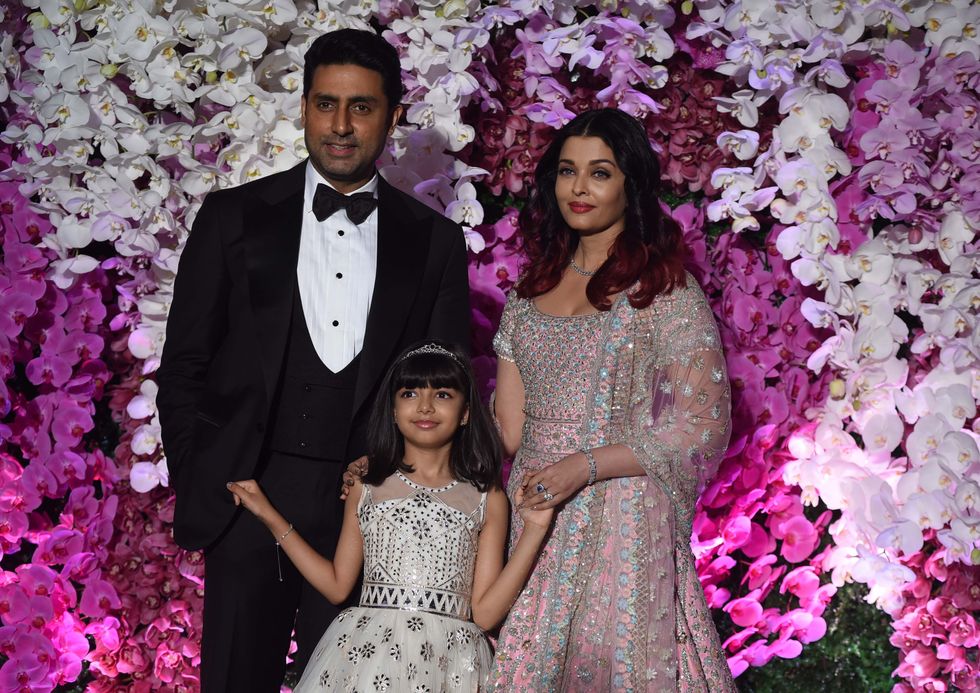 Aaradhya Bachchan has no access to social media or a personal phoneGetty Images
Aaradhya Bachchan has no access to social media or a personal phoneGetty Images  Abhishek Bachchan calls Aishwarya a devoted mother and partnerGetty Images
Abhishek Bachchan calls Aishwarya a devoted mother and partnerGetty Images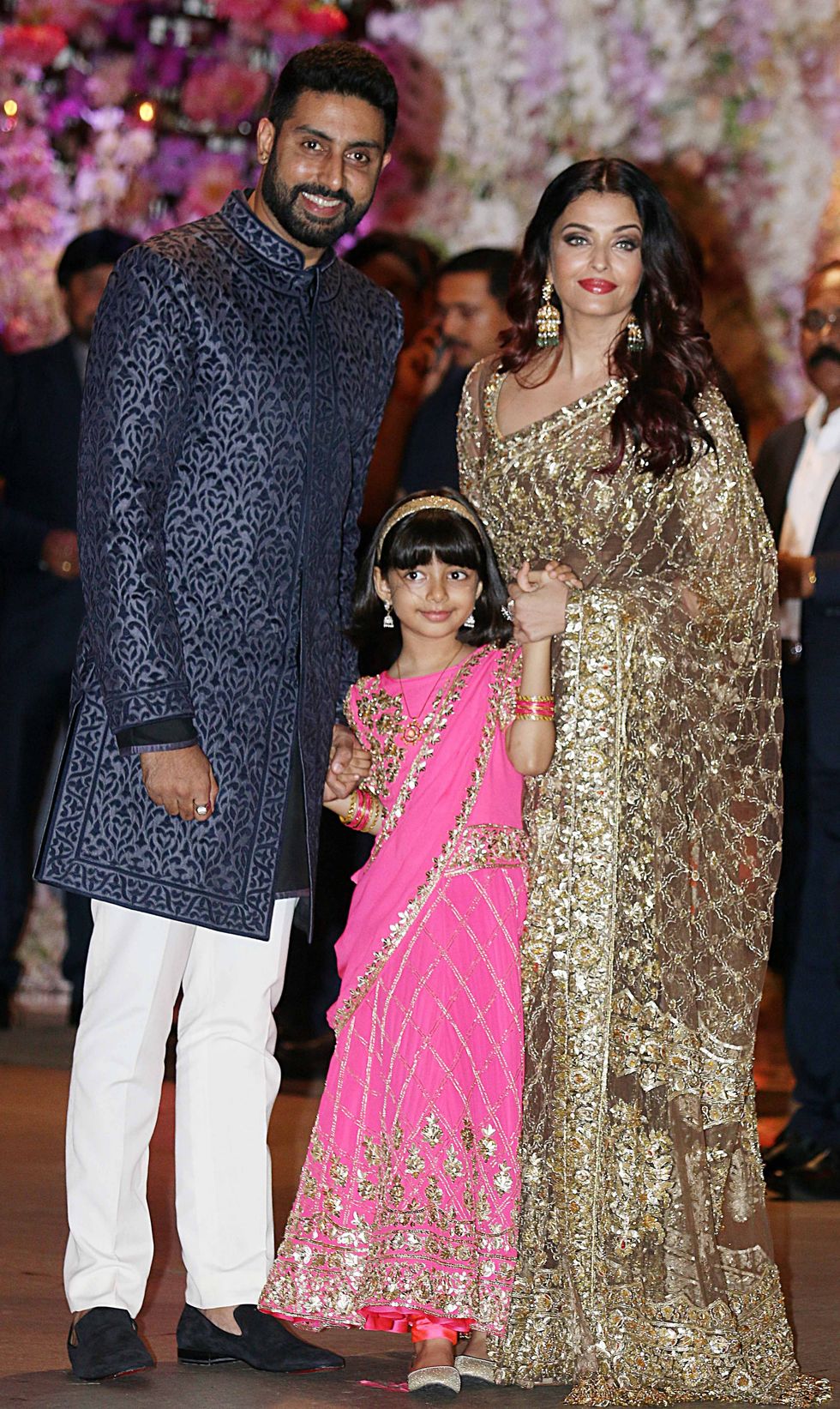 Aaradhya is now taller than Aishwarya says Abhishek in candid interviewGetty Images
Aaradhya is now taller than Aishwarya says Abhishek in candid interviewGetty Images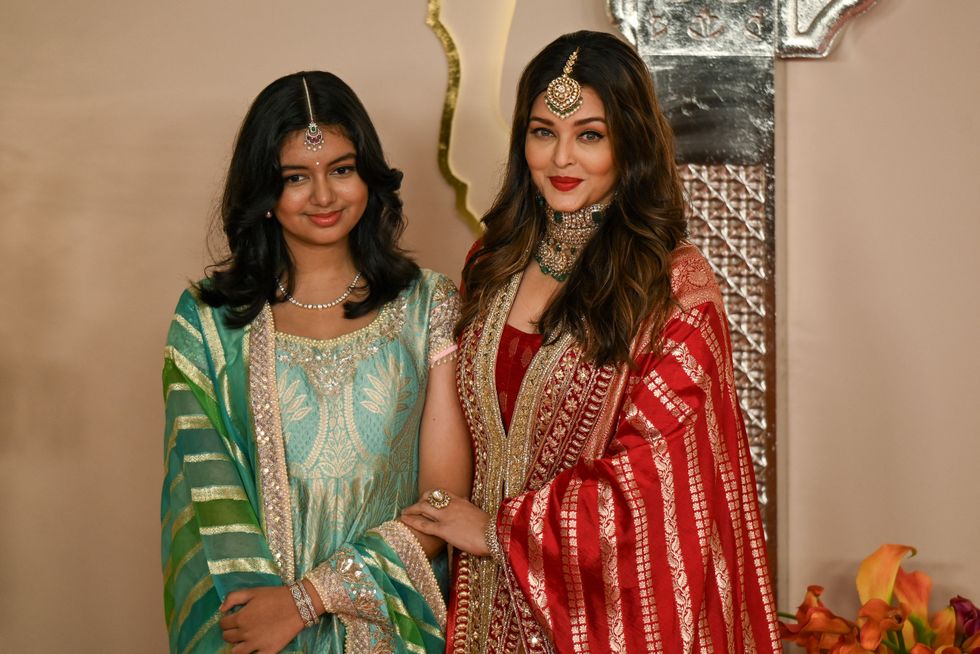 Aishwarya Rai often seen with daughter Aaradhya at public eventsGetty Images
Aishwarya Rai often seen with daughter Aaradhya at public eventsGetty Images








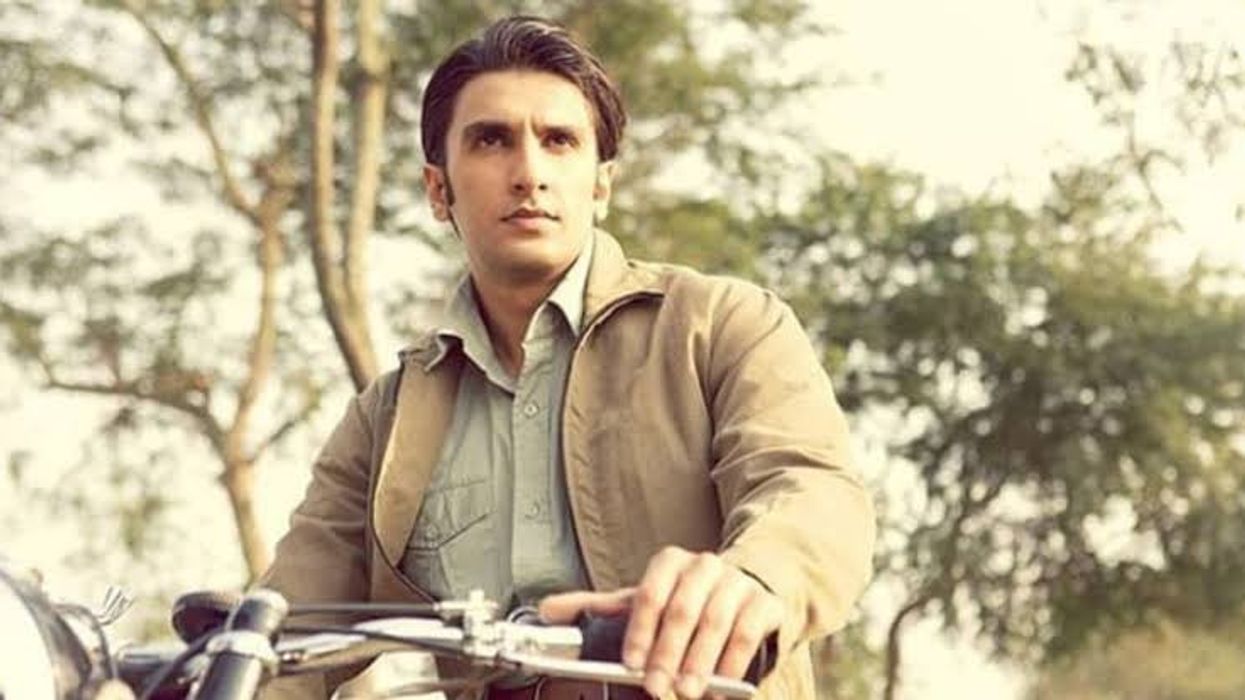
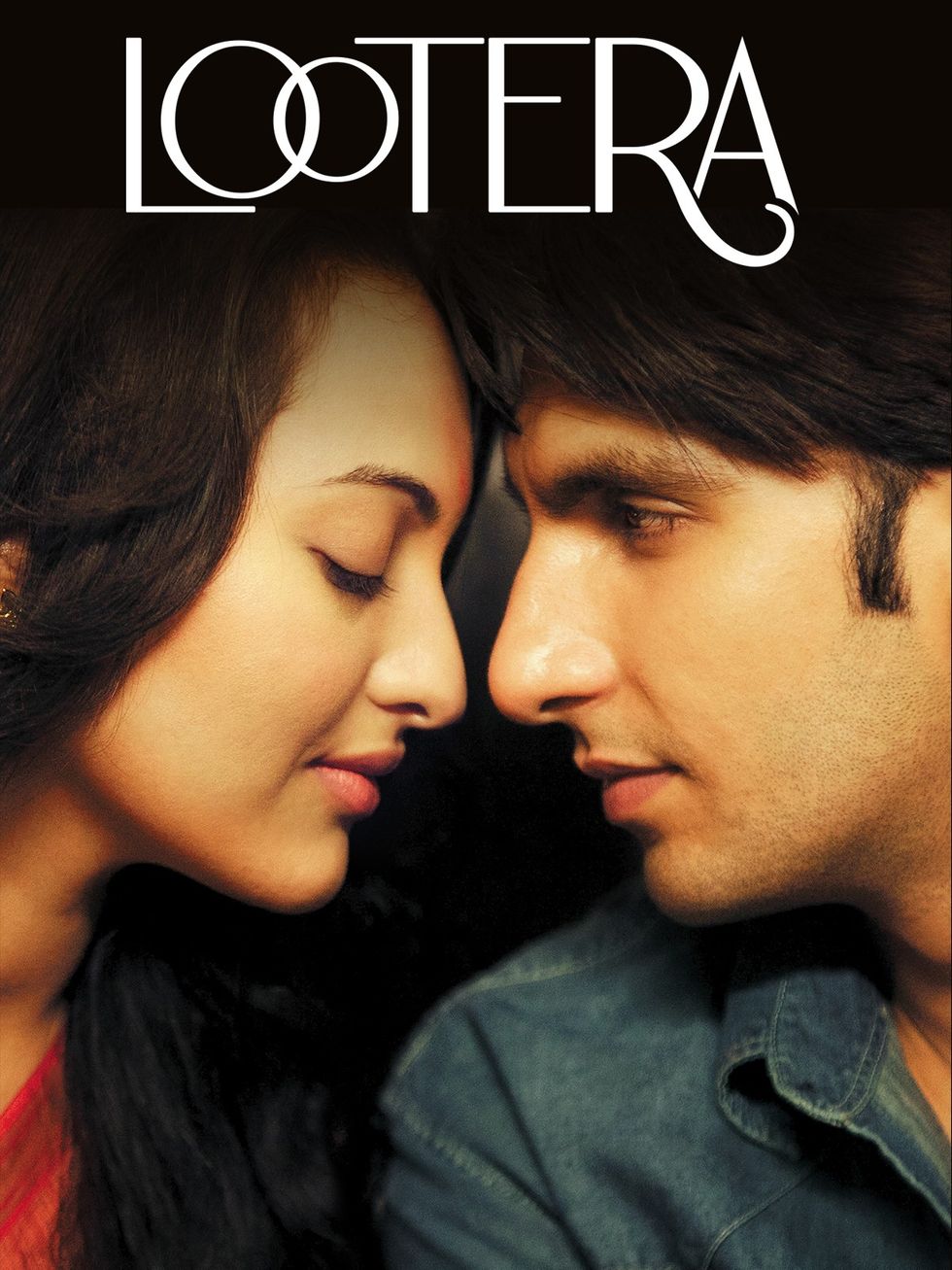 Lootera released in 2013 and marked a stylistic shift for Ranveer Singh Prime Video
Lootera released in 2013 and marked a stylistic shift for Ranveer Singh Prime Video 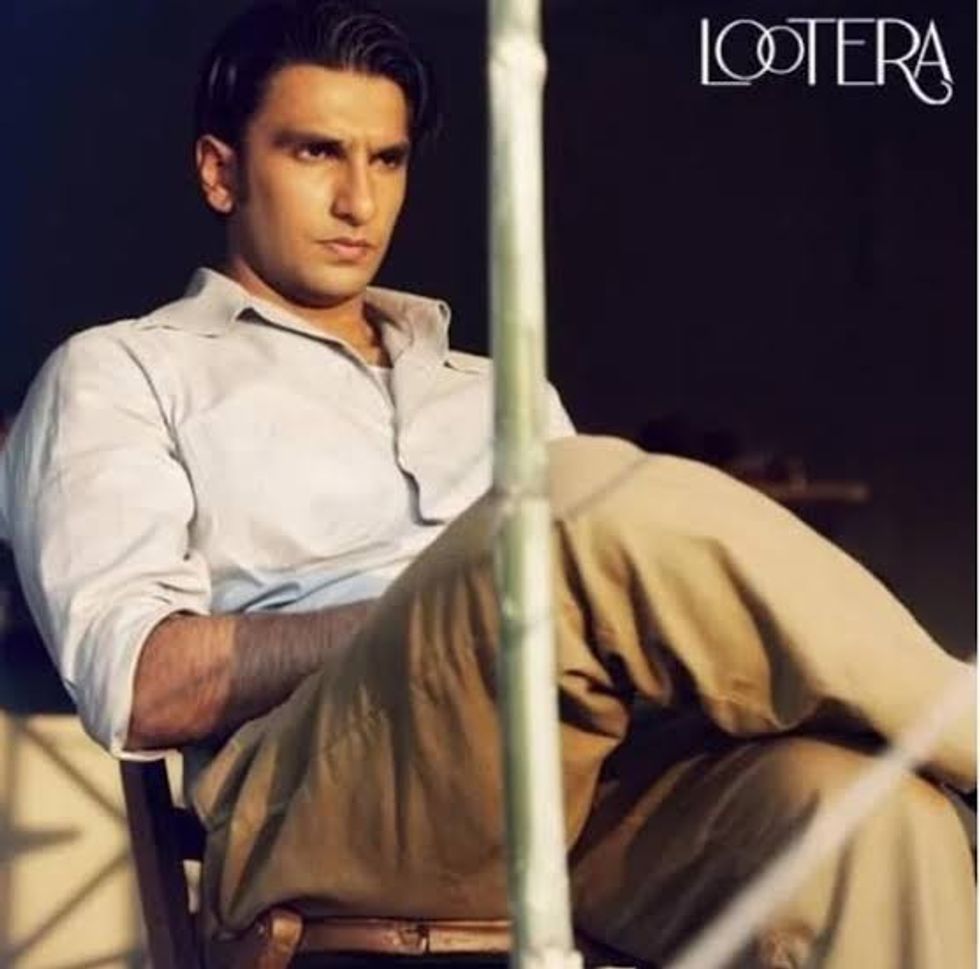 Ranveer Singh’s role as Varun showed he could command the screen without saying much
Ranveer Singh’s role as Varun showed he could command the screen without saying much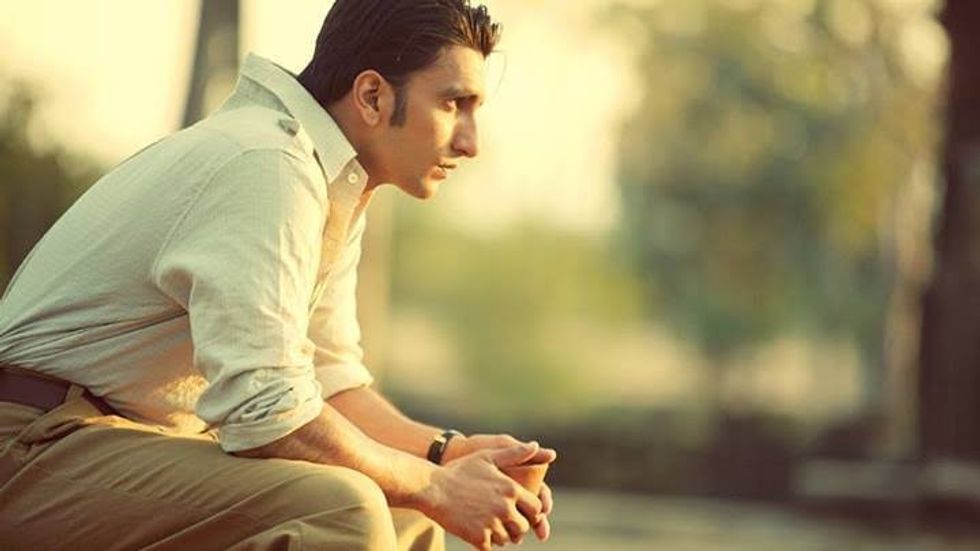 The period romance Lootera became a turning point in Ranveer Singh’s career
The period romance Lootera became a turning point in Ranveer Singh’s career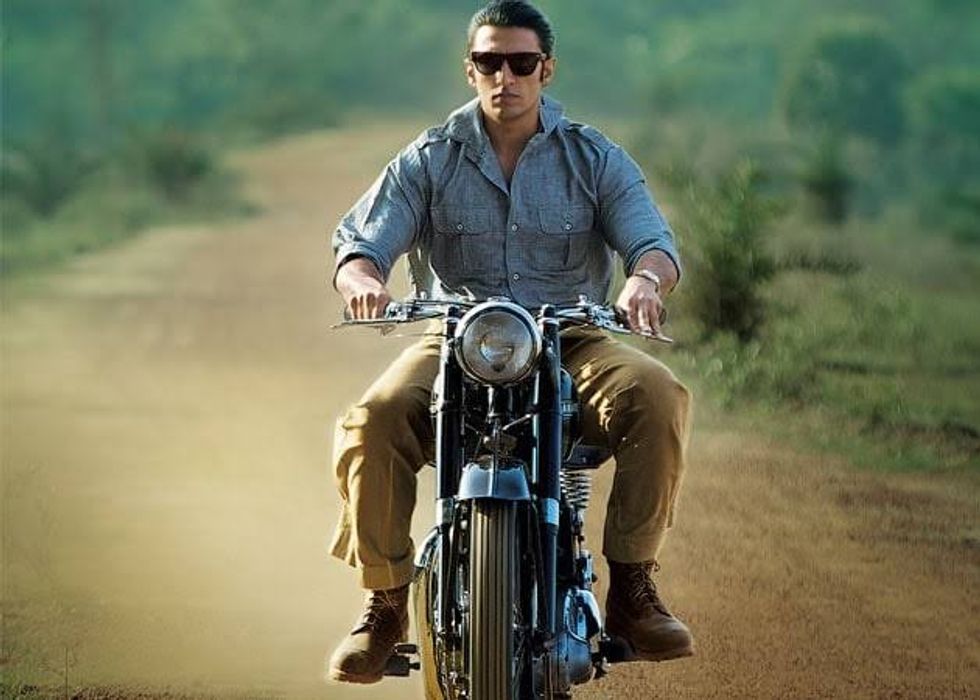 Ranveer Singh’s performance in Lootera was praised for its emotional restraint
Ranveer Singh’s performance in Lootera was praised for its emotional restraint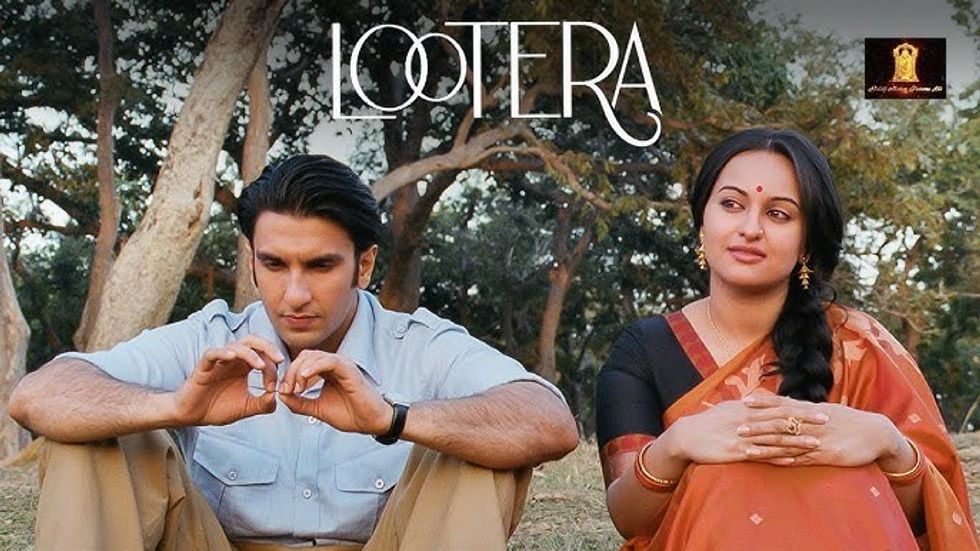 Ranveer Singh and Sonakshi Sinha starred in the romantic drama set in 1950s BengalYoutube/Altt Balaji Motion Pictures
Ranveer Singh and Sonakshi Sinha starred in the romantic drama set in 1950s BengalYoutube/Altt Balaji Motion Pictures 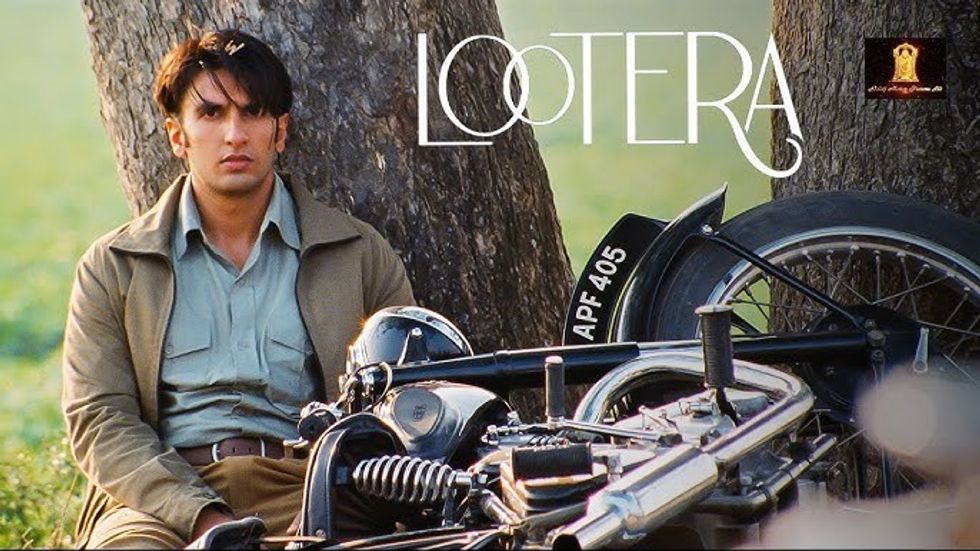 Lootera’s legacy has grown over the years despite its modest box office runYoutube/Altt Balaji Motion Pictures
Lootera’s legacy has grown over the years despite its modest box office runYoutube/Altt Balaji Motion Pictures
